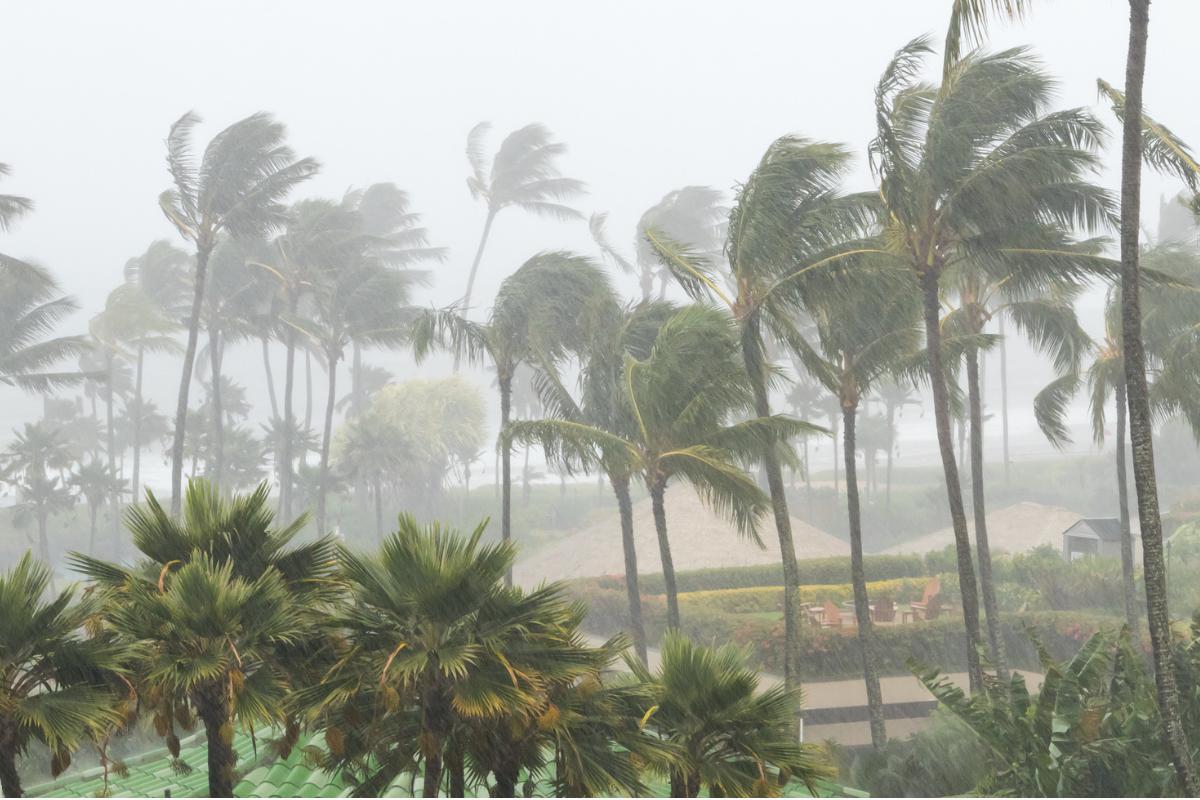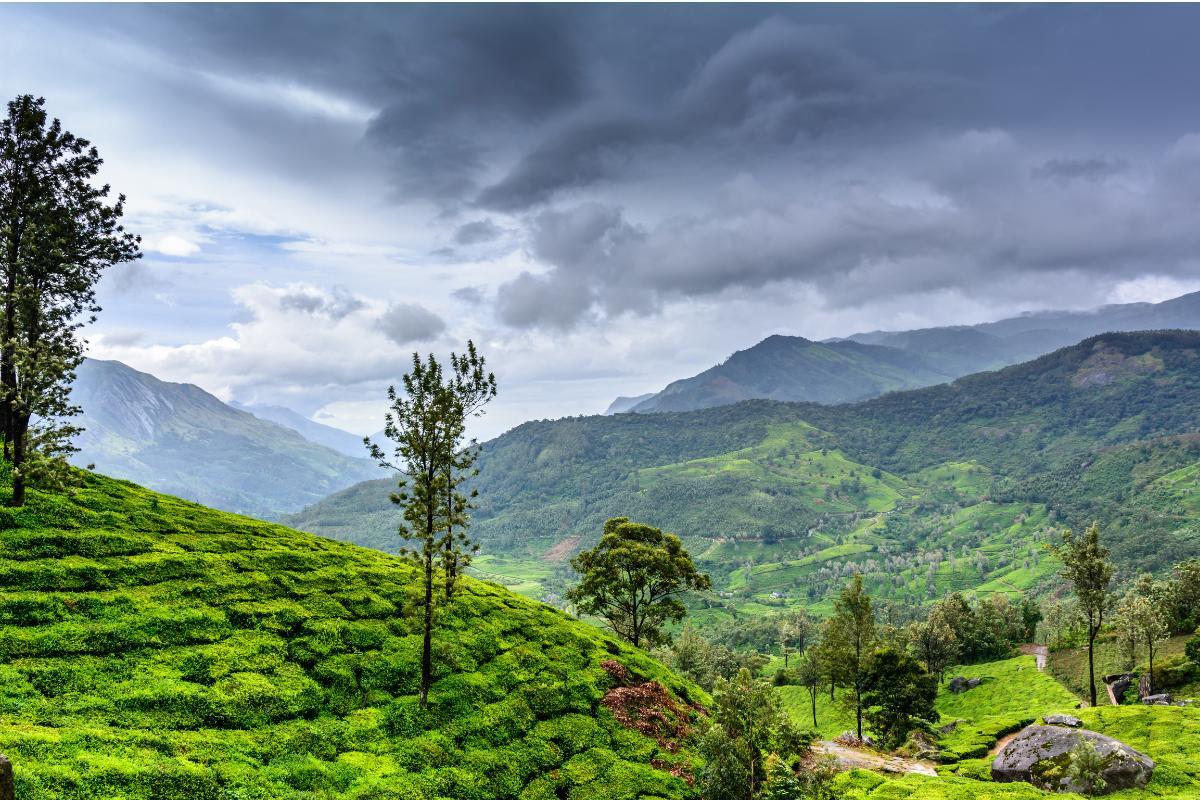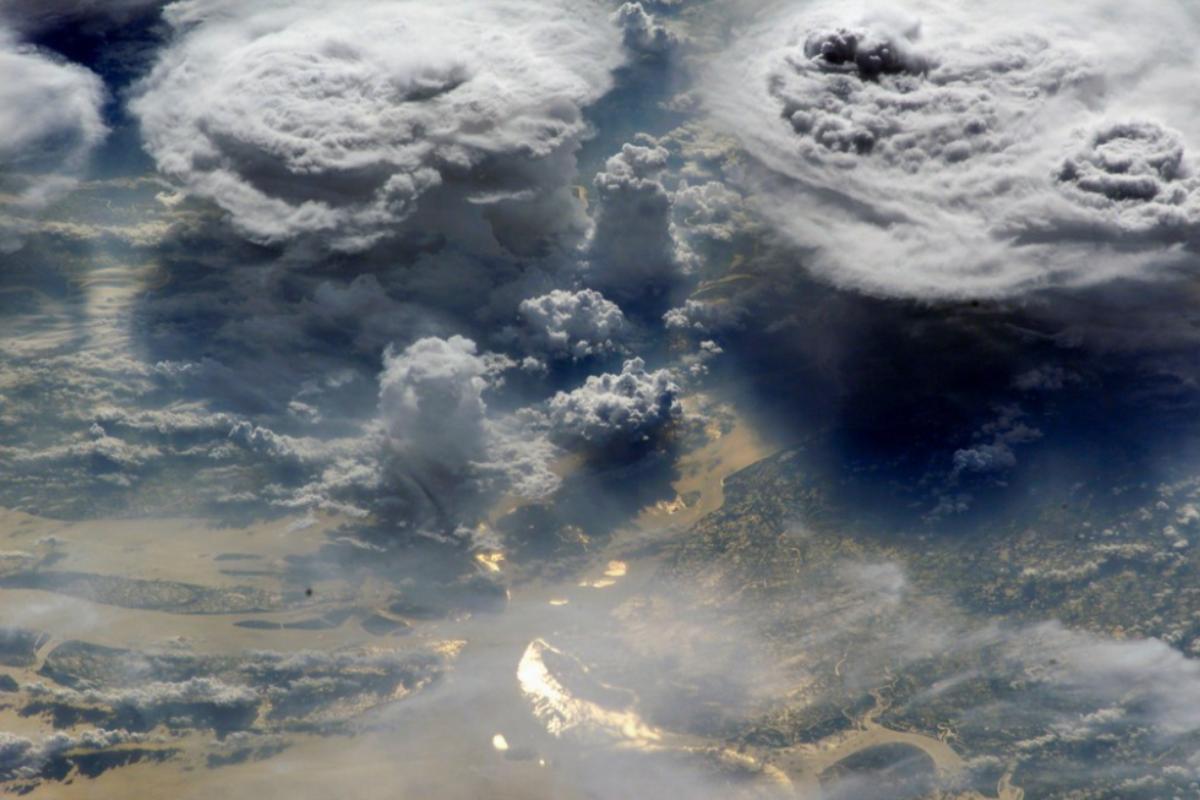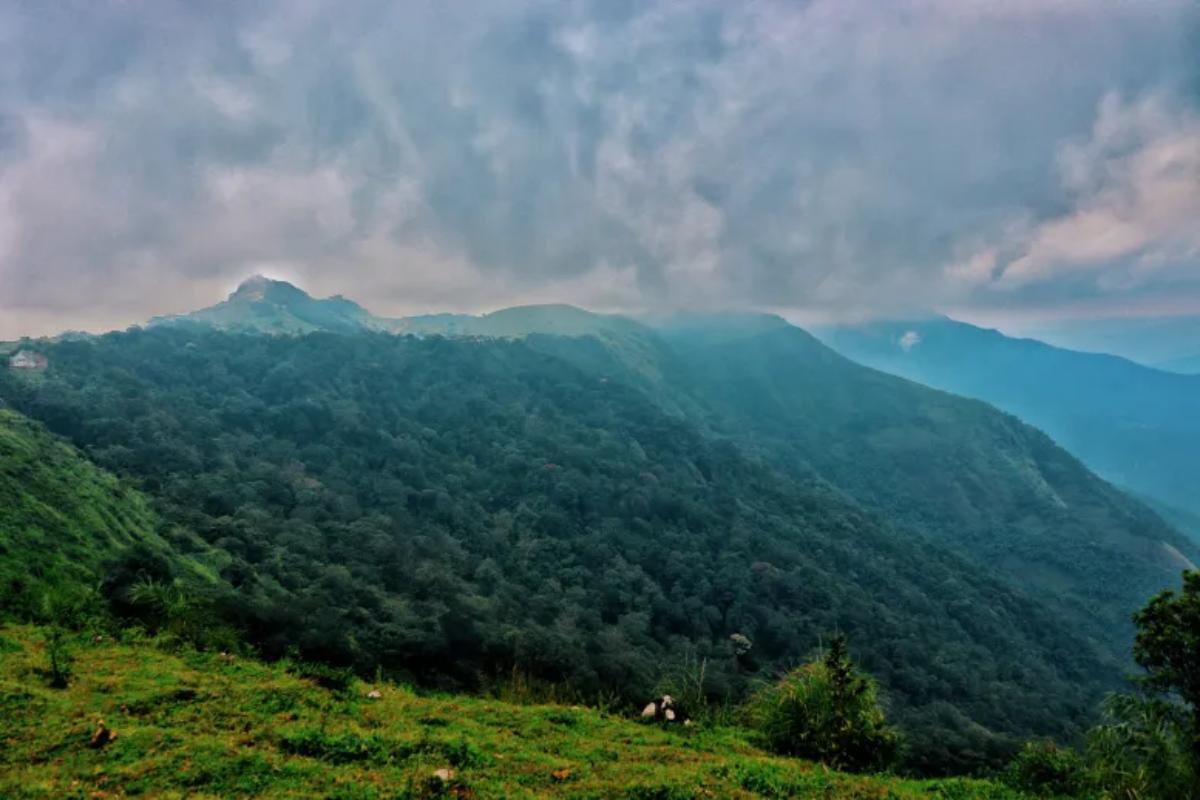What Is Monsoon Climate?


Monsoon climates are characterized by distinct wet and dry seasons driven by seasonal wind shifts. This climatic pattern is prevalent in regions near the equator, particularly in South Asia, Southeast Asia, West Africa, and parts of Australia. Monsoon climates have a profound impact on agriculture, as the rainfall is essential for crops. However, extreme rainfall events can also lead to flooding and damage.
In this article by thedailyECO, we'll explain what monsoon climate means, exploring their characteristics, geographic distribution, and the unique flora and fauna that thrive within these environments.
What is monsoon climate?
A monsoon climate is defined by its dramatic seasonal shifts between heavy rainfall and dry periods, driven by the interaction between land and sea. This climate is characterized by the monsoon wind system, which changes direction between the summer and winter seasons.
While the general characteristics of monsoon climates are similar, there can be significant regional variations. The intensity, duration, and timing of the wet and dry seasons can differ depending on the specific location.
Monsoon climates have a profound impact on agriculture, as the rainfall is essential for crops. However, extreme rainfall events can also lead to flooding and damage. Monsoon climates can also influence weather patterns in other regions, affecting global climate systems.
Curious about how different climates shape unique environments? Discover more in our other article about the 5 types of climate.

Where can monsoon climates be found?
Monsoon climates are prevalent in regions near the equator and where the ocean and land interact significantly. Here's an overview of some key monsoon regions:
South Asia and Southeast Asia
This region is renowned for its intense monsoon rains, particularly in countries like India, Bangladesh, Myanmar, Thailand, Vietnam, the Philippines, and parts of China. The summer monsoon brings heavy rainfall, followed by a dry season in the winter. These rains are vital for agriculture and impact millions of people.
West Africa
West Africa experiences a monsoon climate influenced by the Atlantic Ocean. Countries like Nigeria, Ghana, Senegal, and Ivory Coast have a rainy season driven by moist winds from the ocean and a dry season dominated by the Harmattan, a dry, dusty northeasterly wind.
Central America and the Caribbean
While less intense than in Asia, monsoon influences are present in parts of Central America and the Caribbean. Countries like Guatemala, Honduras, and Nicaragua experience a rainy season from May to October, driven by moisture-laden trade winds from both the Atlantic and Pacific Oceans.
Northern Australia
Northern Australia, particularly the Northern Territory and Queensland, has a pronounced monsoon climate with a clear division between wet and dry seasons. The wet season, from November to April, is marked by heavy rains and frequent cyclones. The dry season is characterized by minimal rainfall and cooler temperatures.

Key characteristics of monsoon climate
As mentioned earlier, monsoon climates are characterized by distinct wet and dry seasons driven by seasonal wind shifts. These shifts are primarily caused by the differential heating of land and ocean surfaces. Let us explore some of its most important characteristics:
Seasonal wind patterns
During the summer, the land heats up more quickly than the surrounding sea, creating a low-pressure zone over the land. This draws in moist air from the ocean, resulting in intense and sustained rainfall. Conversely, in winter, the land cools more rapidly than the sea, reversing the wind direction. Winds then blow from the land towards the ocean, leading to a dry season.
Heavy rainfall and drought
The monsoon season brings significant rainfall, crucial for agriculture, replenishing rivers and reservoirs, and supporting millions of people. However, excessive rainfall can lead to severe flooding. Conversely, a delayed or weaker monsoon can cause drought conditions, which adversely impact crop yields and disrupt ecosystems.
Impact on people and the environment
Monsoon rains are vital for farming in monsoon regions. They provide the necessary water for crops and are essential for maintaining agricultural productivity. The rains help replenish rivers, lakes, and reservoirs, which are crucial for drinking water and irrigation.
Environmental effects
While monsoon rains support life, their unpredictability can lead to challenges. Excessive rain can cause floods, leading to property damage and loss of life. In contrast, insufficient rain can result in droughts, negatively impacting food production and natural habitats.
Wind reversals
In the dry season, the land cools more quickly than the ocean, creating a high-pressure area. This causes the wind direction to reverse, with dry, continental air blowing towards the ocean.
Flora of the monsoon climate
The vegetation in monsoon climates is profoundly shaped by the distinct seasonal patterns, particularly the dramatic shift between the wet and dry seasons.
Monsoon forests are rich in biodiversity and are known for their deciduous trees, which shed their leaves during the dry season to minimize water loss. Common species include teak, sal, and various types of acacia. These forests adapt to the seasonal changes by losing their foliage in response to the dry conditions.
During the wet season, monsoon regions experience a burst of vegetation growth due to the ample water supply. This period of high rainfall promotes rapid growth and lush greenery, as plants take advantage of the increased moisture.
To survive the dry season, many plants in monsoon climates have evolved special adaptations. These adaptations may include deep root systems, water storage tissues, and leaf modifications to reduce water loss. For more information, explore various plant adaptations.
Bamboo is a notable plant in many monsoon regions, particularly in Asia. One prominent species is Bambusa vulgaris, which grows rapidly and can reach significant heights during the wet season. Bamboo plays a crucial role in these ecosystems by providing shelter and food for various wildlife. Additionally, grasslands dominated by tall grasses, such as Saccharum spontaneum (commonly known as wild sugarcane) and Andropogon gerardii (big bluestem), are found on plains and in cleared areas. These grasses offer essential forage for herbivorous animals and contribute to the ecological balance of the region.
In coastal regions with monsoon climates, mangroves are vital to the ecosystem. These salt-tolerant plants thrive in intertidal zones where freshwater from rivers meets the saltwater of the sea. Key mangrove species include Rhizophora mangle (red mangrove), Avicennia marina (grey mangrove), and Laguncularia racemosa (white mangrove). Mangroves help stabilize coastlines, prevent erosion, and provide crucial habitat for a wide range of marine and terrestrial species, including fish, birds, and invertebrates.

Fauna of the monsoon climate
Monsoon climates, characterized by distinct wet and dry seasons, support a rich array of animal life. Species in these regions have evolved remarkable adaptations to thrive in the ever-changing environment.
Mammals
Large mammals like the Asian elephant (Elephas maximus), Bengal tiger (Panthera tigris tigris), and Indian rhinoceros (Rhinoceros unicornis) have adapted to the South Asian monsoon's cyclical changes. The Asian elephant migrates to find water and food, the Bengal tiger adjusts its diet based on prey availability, and the Indian rhinoceros stays close to water sources during the dry season to remain hydrated. These adaptations help them manage the seasonal extremes of their environment.
Birds
The wet season attracts numerous migratory birds, drawn to the abundance of food resources. Their arrival boosts ecological activity and contributes to seasonal biodiversity.
Amphibians and reptiles
The rainy season is crucial for amphibians, which breed in temporary ponds and pools. Reptiles, including snakes and lizards, also become more active during this period, benefiting from increased heat and humidity.
Insects and arthropods
Insects thrive in monsoon climates, with populations surging during the wet season. Species like mosquitoes, ants, termites, and butterflies benefit from increased moisture and food availability.
Curious about the impact of various monsoons on global climates? Dive deeper into their types and effects in our comprehensive guide.
If you want to read similar articles to What Is Monsoon Climate?, we recommend you visit our Environment (other) category.
- Ferreira Rubio, J., Romero Chaves, E., Soriano Cano, M. and Flores JM (02.01.2015). Monsoon Climate. Climatology. Titulaciongeografia.sevilla.es Yumpu . Available at: https://www.yumpu.com/es/document/view/33071103/clima-monzonico
- Pastranec . (06/30/2015). Climate and monsoon biocenosis. Available at: https://pastranec.wordpress.com/2015/06/30/clima-y-biocenosis-monzonico/
- Larrinaga Conningham, H., Nieves Noriega, SG, Gutiérrez González DA, Perea Pereyra, K., Cervantes Valadez, AR and Fimbres, R. Mexicali Campus. Monsoon regions. Geography. College of Bachelors of the State of Baja California. Slideshare. Available at: https://es.slideshare.net/slideshow/regiones-monzonicas/29099502












